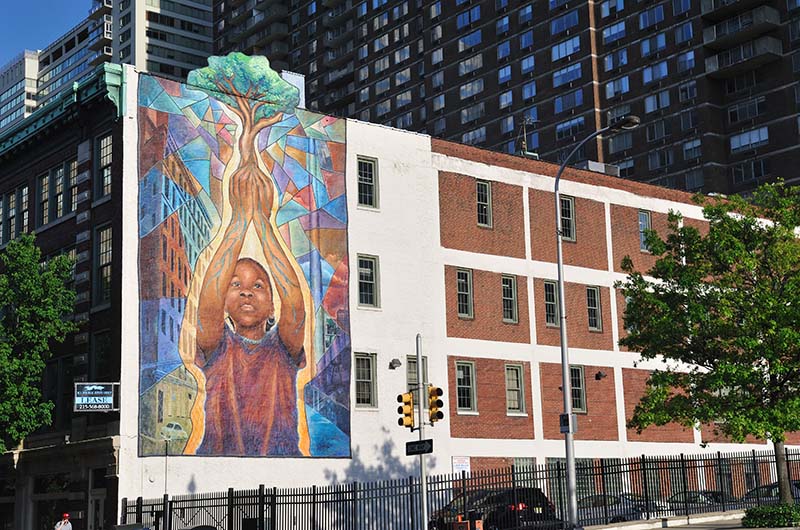Introducing Rebuilding Philly, a Series on Creating a More Equitable City in the Wake of COVID-19

The following essay was originally published in The Philadelphia Inquirer in collaboration with Drexel University’s Lindy Institute for Urban Innovation as part of Rebuilding Philly, a series of commentary articles written by Drexel faculty and professional staff related to the COVID-19 pandemic and racial and economic equity gaps in Philadelphia. It was written by Harris M. Steinberg, executive director of the Lindy Institute for Urban Innovation at Drexel University, and Bruce Katz, director of the Nowak Finance Lab at Drexel.
Nineteen months after the first COVID-19 cases were reported in Philadelphia in March 2020, the city continues to grapple with the magnitude of both the pandemic and the civic unrest following the murder of George Floyd at the hands of the Minneapolis police.
For some, remote work suddenly upended daily routines, as the digital replaced the physical almost seamlessly — illuminating the stark divide between knowledge workers and essential workers, who often faced dire consequences on the job.
The ugly vein of America’s history of structural racism was starkly laid bare as the disproportionate impact on Black and brown communities was painfully exposed. Homicides reached record numbers as quality of life plummeted precipitously with seemingly no end in sight. Field hospitals sprung up to fight the cascading scourge of COVID-19, and loved ones died alone.
The pandemic set our racial economic equity gaps in stark relief — making clear the different worlds that white and Black and brown Philadelphians lived in.
From this turmoil also sprang innovation.
Streeteries emerged as inventive outdoor restaurant seating in parking lanes and along sidewalks across the city to provide safe dining space, with proposals to now make them permanent. Peaceful protests swelled the Parkway — the same streetscape that served as a vital conduit to open space when social distance and access to the vast acreage of Fairmount Park were critical to restoring something resembling a sense of equanimity. The entire city found itself depending on the flood of food, medicine, and daily deliveries. And the federal Paycheck Protection Program provided a safety net for many of our businesses and workers due to the remarkable efforts of a network of local organizations.
Worldwide, there was a 17% drop in greenhouse gas reduction at the peak of the global shutdown as transportation abruptly stopped. And Zoom became a verb as the meeting platform allowed an extraordinary number of businesses, schools, and friends and family to remain connected.
Against this historic backdrop, we reached out to a diverse group of thinkers at Drexel University to help us think about a plan for economic recovery, racial equity, and sustained resilience for Philadelphia.
The first installment, by our colleague Youngmoo Kim of Drexel’s Expressive and Creative Interaction Technologies Center, explores the persistent challenges we all face in closing the digital divide.
While we know that we are still responding to an active crisis, we felt this series was an important way to begin asking the kinds of questions that might point us toward a safer, healthier, and more sustainable Philadelphia. As such, the essays in this series are a snapshot of the summer of 2020 — representing the beginning of the framing of a path forward.
Drexel News is produced by
University Marketing and Communications.
